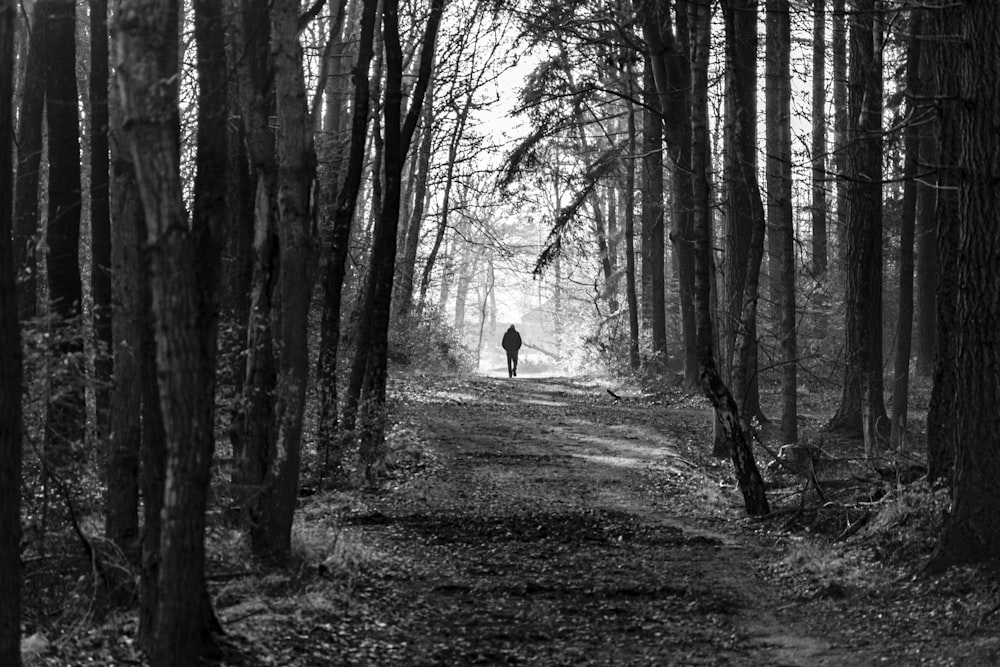A Shady Path
I’m sure he meant it as a wonderfully comforting image when Matthew Gambino in CatholicPhilly.com, the site offering “news from the Archdiocese of Philadelphia” described our synodal path together: “This synod is a seat at the kitchen table, set with fresh bread and hot coffee. It’s a shady path down which we walk with a friend, sharing back and forth as we go.”

The word “shady”, however, began to take on a different meaning when I looked at some other comments he made, which initially seemed innocuous (and even an affirmation of what I wrote last week about how we might listen and speak together), but then took on what seemed a more manipulative turn: “Through this synod process, Catholics are being asked to become countercultural in a radical way: to listen more than we speak. When we speak, we should share our experience more than our opinion. When we listen, we should do so with an open mind, not to reload for our rebuttal.”
Once again, I thought, we are being warned about speaking freely – in the sweetest way possible, of course.
The shady path grew even darker as he wrote this paragraph: “Some local people will see the current process as a waste of time because, they believe, the 2002 synod led to little of lasting value and the report itself was soon forgotten. They see a similar flaw in recent Vatican synods on the family and on the Amazon region: No perceived immediate results, so no value in the process.”
We know there were “no perceived immediate results” because we know only we had done the listening! Now we were the ones to do the listening again. He’s right. Why?
And here is where “shady” takes on its multitude of ever darkening meanings, including the shady machinations of those in the Church hierarchy. They have the answer to that “why?” ready for us, and here it is: “But action plans and eloquent, glossy-covered reports are beside the point of a synod. The journey is the point, not the destination.”(Boldface done by me – the sentence warranted darkening like its message.)
We cannot let them get away with this. If we are talking about a new Church for a new day, we are talking about destinations – and how to get there. A nice-nice process is, well, nice, and I’m all for that, but the process is not the point. We are not just a bunch of lovely people getting to know each other better; we are people on a journey to a place many of us would like to have a chance to describe and work toward as well as listen to the destinations others dreams of and strive for.
And then, yes, we do want an action plan, one with a reasonable timeline (How about one measured in months rather than decades?) reflecting input from all people, especially the hitherto marginalized (women, LGBTQI? individuals, Indigenous peoples, representatives from diverse races, ethnic backgrounds, class, economic status and more.)
And, by the way, the plan need not be eloquent nor in a glossy-covered report; it just has to be created by all of us and communicated to all of us.
The destination has more to give than just the journey; it gives us our hope.

3 Responses
Thank you. Exactly. So many well meaning people want this synod to be something useful. But analyses like this show how dubious the process is and how deeply set in stone are the attitudes and behaviors of clerics. See my recent article for a similar line of argument.
https://religiondispatches.org/synod-or-sin-oddly-vatican-encourages-catholics-to-walk-together-as-long-as-the-hierarchy-leads-the-way-and-decides-the-route/
Yes!
Very good:
Women’s Ordination in the Catholic Church
John O’Brien, Cascade Books, 2020
https://wipfandstock.com/9781725268043/womens-ordination-in-the-catholic-church/